Before consumers see your product, the packaging grabs their attention. Your box’s material appeals to the sense of touch, while the color, fonts, and logo engage their visual senses.
Your target market’s initial impression of the packaging powerfully sways their buying decision. Shoppers can get your item from the shelf and examine it more closely (or click your product image online and read more about it) before adding it to their cart. Or they can pass you up for another item.
Packaging’s marketing role is undeniable in a world increasingly focused on online engagement. Tangibility still matters, with an enticing physical presence improving your company’s brand recognition and recall more than digital communications.
How can packaging support your branding and marketing strategy?
It all starts with understanding your buyer’s behavior. So let’s dive in and discover what makes packaging a potent conversion tool. Also, we’ll tackle how you can track your packaging’s performance.
It’s Not What They Look at But What They “See”
In packaging design, you must plan with the end in mind. For brands, this entails balancing two primary goals—product safety and customer appeal. The box or container must protect the product until it reaches the customer. At the same time, the packaging should make the buyer feel happy about the purchase and transacting with the company.
Factors Influencing Consumer Perception
Let’s admit it: despite humanity’s great strides in knowledge—including sales tactics, we’re still prone to the bias from positive first impressions, also known as the halo effect.
This bias applies in shopping and packaging—consumers are inclined to choose products based on appearance. The following factors can affect how they perceive your brand:
Color
Color can create emotions leading to desire, disgust, or indifference. Researchers and market analysts reported that 85% of consumers selected products based on color.
Thus, knowing the psychology of colors—the messages they convey—is necessary for your color choice in packaging design. Your selection should be consistent with your brand’s mission and personality.
|
Color |
Positive Meanings |
Negative Meanings |
|
Red |
Power Energy Excitement Passion Strength Fearlessness |
Anger Danger Warning Pain Aggression Defiance |
|
Orange |
Confidence Warmth Courage Innovation Friendliness Energy |
Frivolity Immaturity Deprivation Frustration Ignorance Sluggishness |
|
Green |
Health Freshness Hope Growth Nature Prosperity |
Boredom Stagnation Envy Exhaustion Blandness Sickness |
|
Turquoise |
Clarity Communication Calmness Inspiration Self-expression Healing |
Boastfulness Secrecy Hesitation Fence-sitting Unreliability Aloofness |
|
Blue |
Trust Dependability Loyalty Serenity Security Logic |
Coldness Aloofness Emotionless Unappetizing Unfriendliness Uncaring |
|
Purple |
Wisdom Luxury Wealth Sophistication Spirituality Imaginative |
Introversion Extravagance Self-indulgence Suppression Inferiority Moodiness |
|
Magenta |
Imaginative Passion Transformation Creative Balance Innovation |
Outrageousness Impulsiveness Eccentricity Non-conformity Flippancy Short-lived |
|
Brown |
Earthiness Support Seriousness Warmth Reliability Authenticity |
Humorlessness Sadness Heaviness Unsophisticated Dirtiness Conservativeness |
|
Black |
Sophistication Elegance Security Power Authority Substance |
Oppression Heaviness Coldness Menace Evil Mourning |
|
Gray |
Timelessness Neutrality Reliability Intelligence Balance Strength |
Unconfident Dampness Depression Lack of energy Hibernation Blandness |
|
White |
Cleanliness Freshness Clarity Purity Simplicity Sophistication |
Sterility Coldness Elitism Unfriendliness Isolation Emptiness |
Although culture, life experiences, and socialization affect color preferences, graphic designers and marketers refer to guides and charts like the one above when designing their branding assets, including packaging designers looking for inspiration.
Meanwhile, recent research shows that blue currently holds the record as the most-liked color (preferred by 57% of men and 35% of women).
Shape and size
Factors such as the size of your box can depend on your target market’s demographics. For instance, children view product sizes and shapes differently than adults. Grown-ups may lean toward easy-to-carry products with minimal excess weight, but large-size or uniquely shaped packaging may excite younger consumers.
Texture
Although product packaging should look attractive even from a distance, it’s meant to be touched. Glossy and smooth packaging can give products a premium look and feel. Meanwhile, eco-conscious consumers might appreciate Kraft paperboard or molded pulp boxes, which may feel rough and barely have any design. One forecast shows a growing demand for barrier coating—for paper and board packaging—as a plastic substitute and will hit $11 billion by 2028, based on 2022 prices.
Layout, fonts, and graphics
A well-laid-out packaging box with a clear and sharp logo and images plus readable typography for your product name, description, and instructions make it easy for shoppers to know how your product can benefit them.
Packaging Reveals What Consumers Want to Know About a Brand
Effectively designed packaging can answer your target market’s questions about you and your product. Shoppers typically want to know:
- What company produced this product?
- Why did they develop this product?
- What process did the business use to create the product?
- Where was this product made?
- What makes this product the best or better than others in the same category?
Including the following information in your custom packaging can convince consumers that buying your products is worth their money:
- Nutritional and health facts
- Ingredients
- Eco-friendly information
- Brand name
- Reasons for choosing your brand
- Certifications and awards
- Detailed instructions
- Cautionary notes
- Government regulations
Moreover, your packaging material and structure can reveal how much care you put into ensuring your product’s usability and consumer safety. In a video from The Packaging School, founder Dr. Andrew Hurley emphasizes that thoroughly knowing your product is crucial in developing packaging that hits safety targets for both your item and those who’ll use it. He says clarifying these aspects about your product can help you nail your packaging design:
1. Form and nature of your product
Your product’s state (solid, liquid, or gas) will determine what material you need to package it.
Beyond dimensions and weight, you must also consider what’s required to prevent leakage and adverse chemical reaction due to temperature, moisture, and the packaging material itself.
2. Needed protection at each level of the sales cycle
Your packaging must keep your product safe from the stockroom or warehouse to its transfer to couriers or fulfillment centers that will transport and deliver it to your retailer or customer.
3. Product’s end user and expected interaction with the product
Customers may have unique preferences, but convenience is universal across your demographics. For instance, a resealable package is advisable for a kid’s beverage, while gable top carton boxes are handy for adults.
4. Presentation
Your packaging must differentiate your product from other players in your niche or industry. Moreover, it should include a surprise element, particularly an unboxing experience better than they expected.
5. Sustainability beliefs and regulations
Research your target market’s beliefs on sustainability in packaging and the laws at the locations where you distribute or sell your goods. Six US states currently uphold Extended Producer Responsibility (EPR) policies on the disposal of hard-to-recycle materials: Washington, Oregon, California, Colorado, New Jersey, and Maine. Use your packaging to communicate how your company adheres to EPR laws.
How to Use Packaging as a Marketing Tool
Packaging is now at the forefront of brand awareness and promotions after some marketers renamed their seventh marketing P from the overarching “physical evidence” to packaging.
Here are seven ways you can optimize packaging as your “silent salesperson”:
1. Include customized packaging in your branding
You can use packaging to reinforce your brand identity because it receives the highest engagement with your consumers next to your product. For consistency, your packaging should include these brand elements according to your style guidelines:
Name
The brand-to-product association is so strong at times that some names have undergone genericization—the trademark becomes synonymous with that class of products.
Examples include Kleenex for tissue paper, Band-Aid for adhesive bandages, and Xerox for copying machines. Other genericized brands include Velcro, Lego, Google (“Let’s Google it.”), and Photoshop (“I think that was photoshopped.”).
Logo and brand graphics
Your logo is your visual trademark, which must be recognizable as your brand name—if not more memorable. Graphics separate from your logo must use your brand color palette.
Color palette
Your packaging should ideally use your brand colors, which should’ve been chosen after analyzing your target audience and competitors. Some designers advise using up to three colors for maximum memory retention.
Slogan
Slogans are simple and catchy phrases representing your brand’s personality. They’re also crafted to function as mini-mission statements.
M&M: “Melts in your mouth, not in your hands.”
FedEx: “Where now meets next.”
Nokia: “Connecting People.”
Typography
Your fonts should be easy to read and express product information. Their look must also fit the style of your other branding elements.
Images
Images or visual elements must be crisp and attractive enough to tug at your target market’s heartstrings. They should also represent your brand message and the product’s unique value.
2. Think out of the box for higher shelf impact
Does your packaging seem to blend with other products on retailers’ shelves? Although shoppers have subconscious packaging expectations for different product categories, your brand must have unique elements that will help you stand out in a sea of other competing products. Two steps can help you achieve this:
Audience research
Conduct a simple online poll (try Twitter or LinkedIn) and ask your target buyers what they consider to be typical packaging in your product category.
Competitor research
Look through store shelves and compare the designs of your rival products. You might notice similarities in color and typography—these are the core design elements of your category. Doing something different but still in tune with your audience’s survey results is worth the risk.
Finnish company Sitko’s artisan pizza box is one example of unconventional design. It only uses black and white and shows off its sourdough balls—described as the “heart and soul” of its business—in various irregularly rounded shapes.
Meanwhile, Norway’s Freja did quite the opposite, playing up Nordic geometric shapes and a bright—although still limited—color palette for its rebranded bone broth line.
Below, this unique nature-based concept by Vu Digital encases bottles like flower petals.
Meanwhile, one designer used insect-themed window boxes for lightbulb packaging.
3. Incorporate packaging in your marketing campaigns
Although packaging can promote your product on its own, it’s most influential when used in tandem with the rest of your marketing arsenal. You can feature them in your digital (social media and website or Google ads) or offline (billboards, print, and TV) ad campaigns.
Aligning your packaging with your ad strategies may be as simple as using custom tape, labels, and sleeves on stock packaging boxes.
4. Make it functional
Packaging should be durable and user-friendly in that storing, opening, resealing, and displaying them shouldn’t be a struggle. New packaging trends, such as smart packaging features, offer tamper detection and counterfeiting technologies such as QR codes and RFID tags.
Functional packaging can also refer to ergonomic handling and dual-purpose design. For instance, Motorola’s Razr 5G comes in a box that doubles as a phone holder-stand.
The Botanist Gin’s functional liquor boxes also double as a reusable planter. When you can repurpose your packaging, you get plus points for sustainability.
5. Personalize through promotional elements
Add a personal touch through packaging inserts, such as thank-you cards, coupons, or customer-specific samples. You can follow the STP model to determine the most appropriate personalization add-ons. The acronym stands for segmentation, targeting, and positioning.
|
Segmentation |
Targeting |
Positioning |
|
|
Setting the marketing mix for each segment, emphasizing the brand’s benefits as more attractive than the competitors |
Segmentation is dividing your customers into groups based on shared traits. Targeting is determining each segment’s buying power and identifying those most likely to convert. Finally, positioning is developing a marketing mix for each group.
To illustrate how the model works, small business owners can apply STP by including handwritten thank you messages in the package of first-time buyers, addressing them by their names. They can add freebies—stickers, trinkets, or a product sample—that complement their purchase to encourage repeat business.
Meanwhile, for returning customers, a referral card (offering discounts to the customer and a friend) or loyalty program invite can help expand your client base and deepen engagement.
McKinsey reported that 71% of consumers expect brands to personalize their interactions. Meanwhile, 88% of shoppers surveyed by Salesforce said their experience with a company is as important as the product or services they offer. McKinsey adds that personalization can increase revenues by five percent to 15%.
6. List all the ways they can reach you online
Use social share inserts or print your social channels directly on your custom box and labels to encourage clients to connect with you online for feedback and queries. Be upfront about requesting a review and include a link that directs them to your corresponding webpage.
Also, include your main hashtags to encourage customers to look them up online and use them in their posts and tweets.
7. Provide themed or limited edition packaging
Holidays and occasions such as your subscriber’s birthday and anniversary of their loyalty program membership or first order offer opportune moments for you to produce variations of your packaging. Themed packaging instantly turns your products into giftable items—something not-so-crafty buyers warmly welcome.
Moreover, you can roll out limited-edition packaging for specific products. Doing so can entice shoppers to buy before supplies run out and give them a sense of exclusivity because they acquired something unique to your brand and not available to the rest of the public.
Grow with the Packaging Industry’s Marketing Thought Leaders
Once your packaging design is done, finding a capable packaging and printing company can make or break your marketing dreams. Choosing a printer with established thought leadership in this area can give you peace of mind. Besides being masters of the technical process, such service providers are aware of what makes a design arresting and professional-looking.
Refine Packaging is more than just dependable—we’re committed to ensuring your custom packaging becomes a profitable growth driver. And our dedication to your marketing success isn’t just lip service. Check out our blog section where we discuss the essentials of design, printing, and distribution. We’re serious about what we do, but always aim to keep simplicity and lightheartedness at the center of it all.
No matter what stage in the business you’re going through, we’re here for you. Our team includes in-house designers so you can get answers to any marketing concerns. Contact us today for a free consultation or more information about our process.
Ready to think outside the box? Let's get started!
Get in touch with a custom packaging specialist now for a free consultation and instant price quote.


.svg)
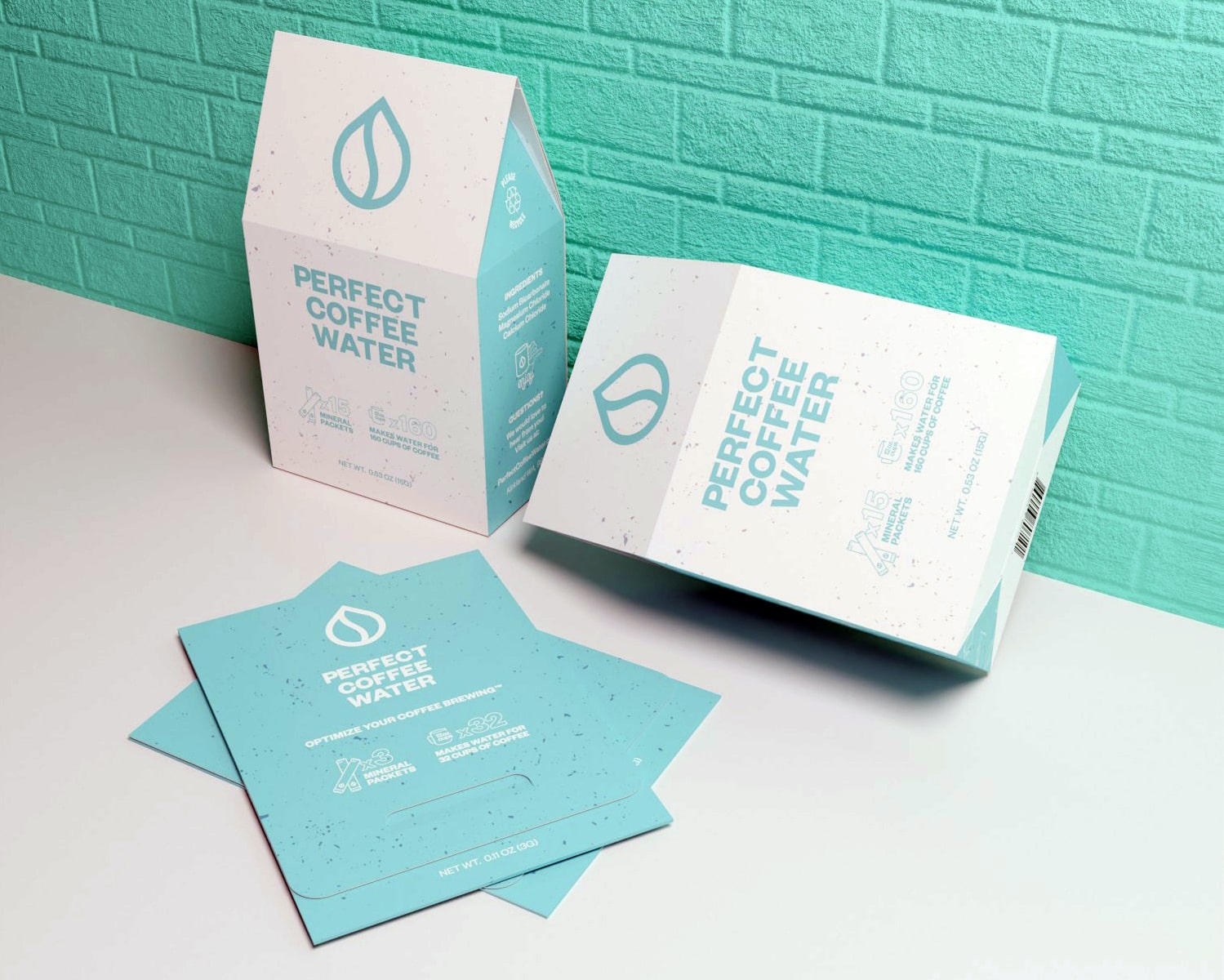


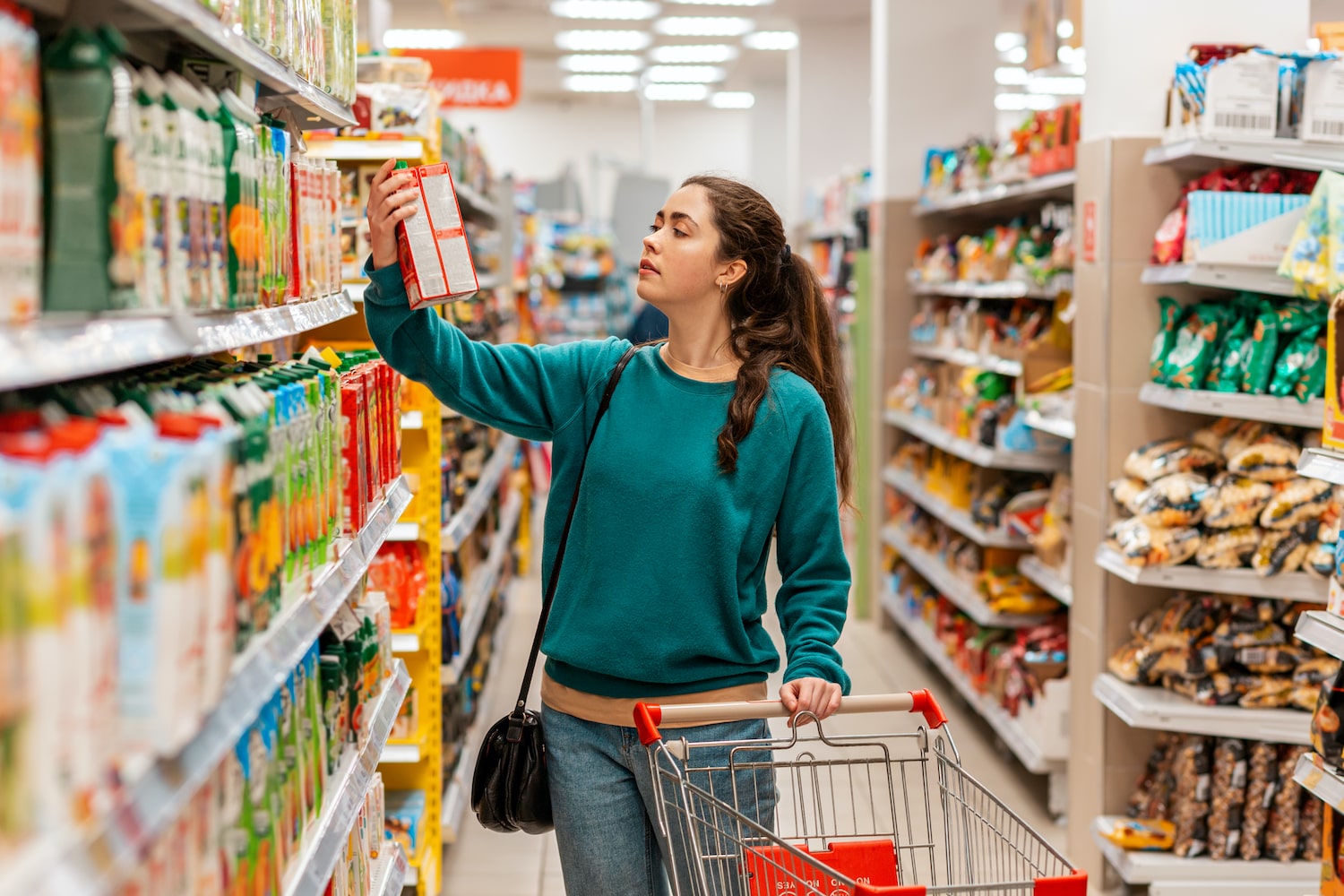
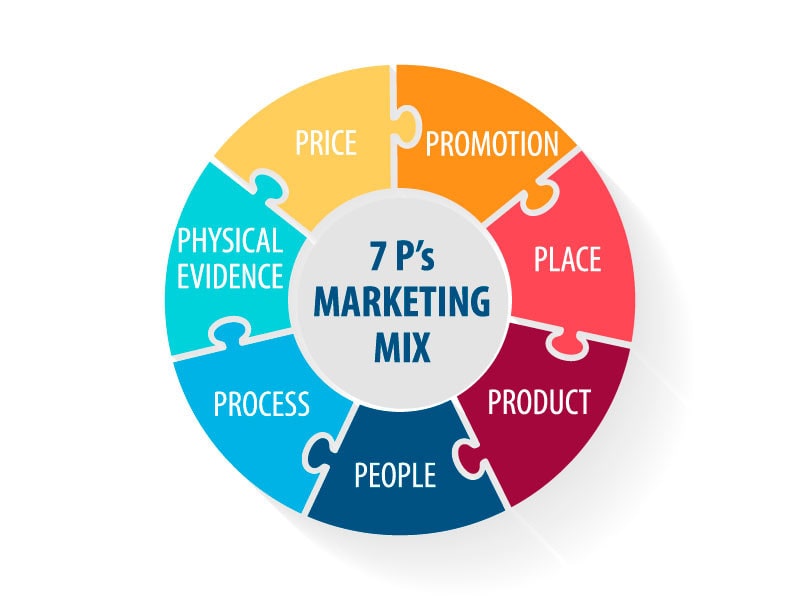



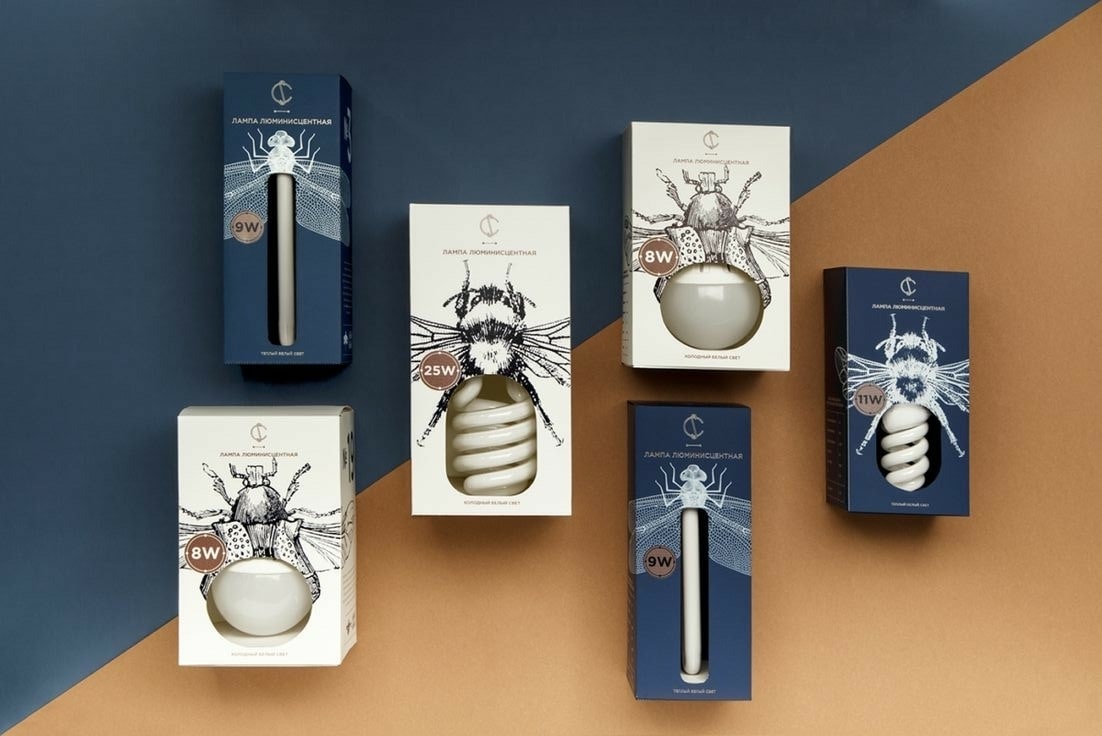
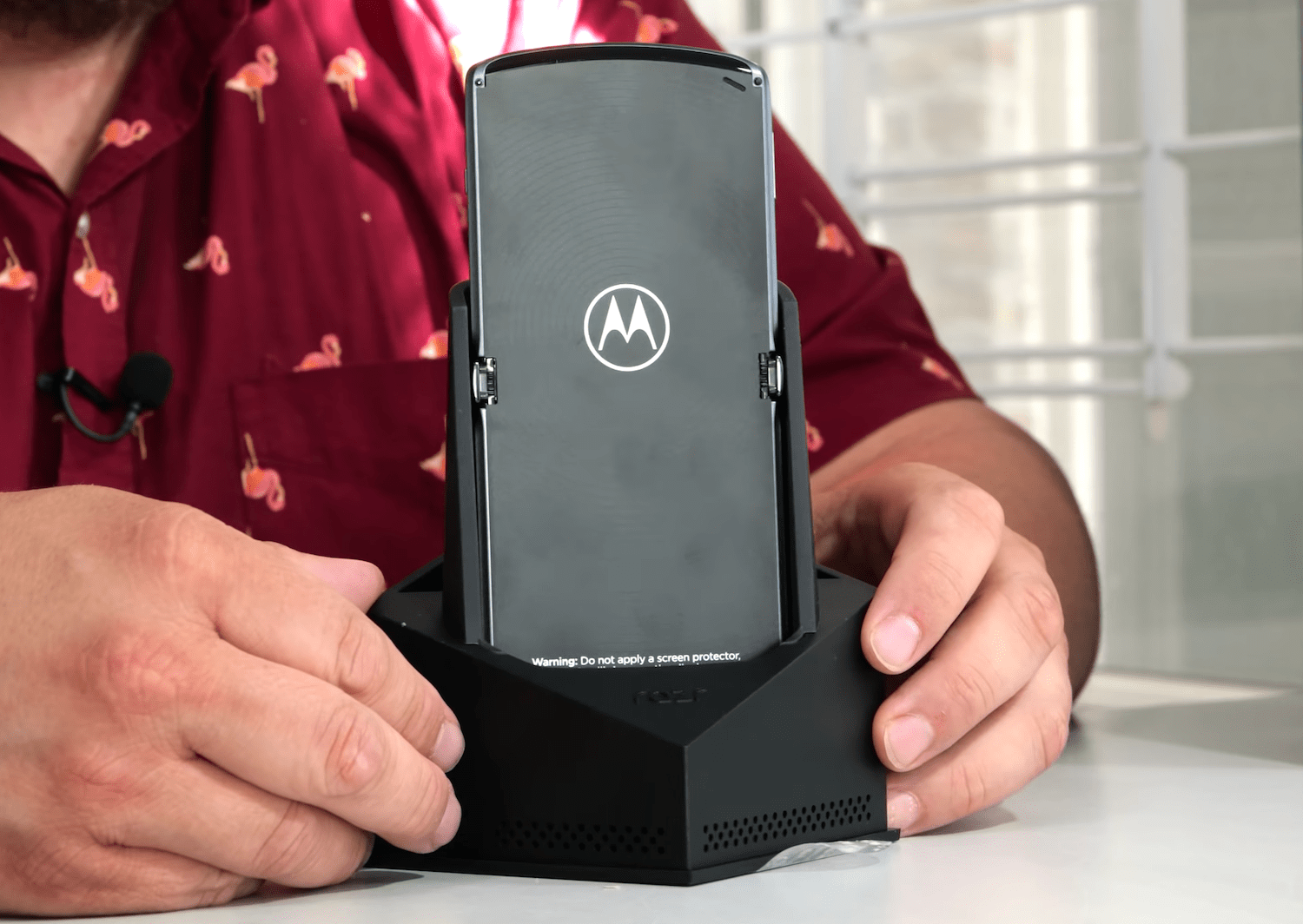
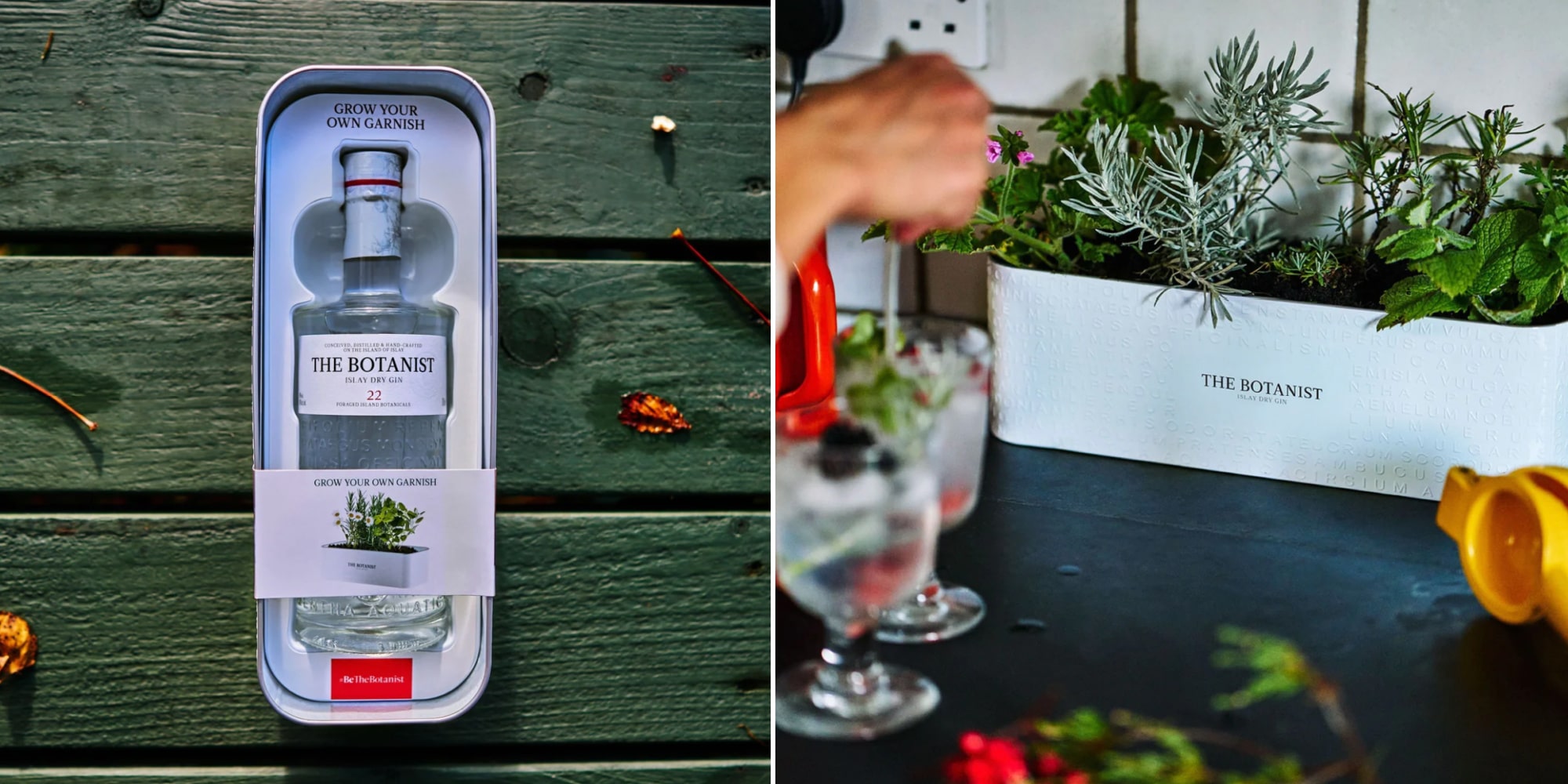

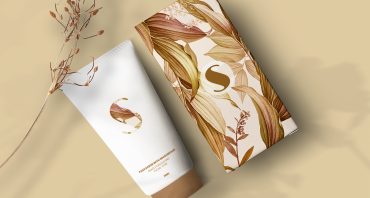



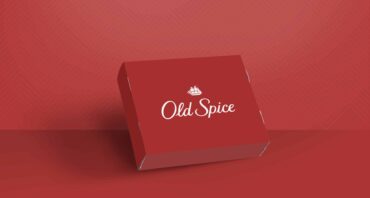
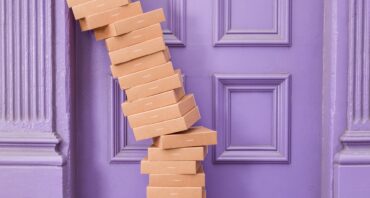
Share